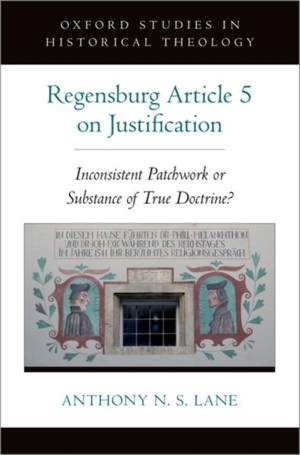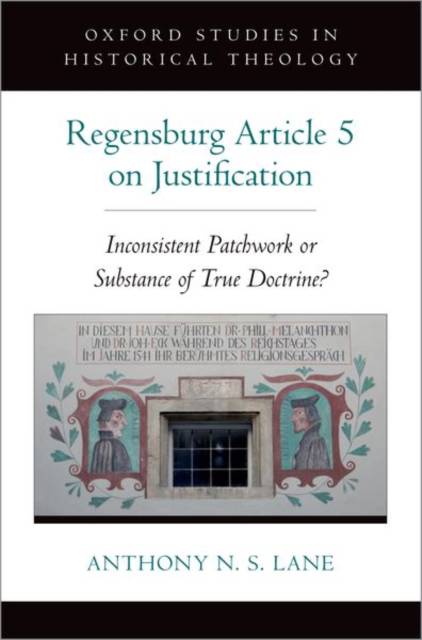
- Afhalen na 1 uur in een winkel met voorraad
- Gratis thuislevering in België vanaf € 30
- Ruim aanbod met 7 miljoen producten
- Afhalen na 1 uur in een winkel met voorraad
- Gratis thuislevering in België vanaf € 30
- Ruim aanbod met 7 miljoen producten
Zoeken
The Regensburg Article 5 on Justification
Inconsistent Patchwork or Substance of True Doctrine?
Anthony N S Lane
€ 241,95
+ 483 punten
Omschrijving
The question of the justification of sinners is one of the most complex regions of Christian theology. The Regensburg article on justification proposed a solution that it was hoped would be acceptable to both sides, Protestant and Catholic. In 1541 at the Regensburg Colloquy, three leading Protestant theologians (Melanchthon, Bucer, and Pistorius) and three leading Catholic theologians (Eck, Gropper, and Pflug) debated with the aim of producing a commonly agreed statement of belief. The colloquy as a whole eventually failed, but it began with a statement on justification by faith agreed by all the parties, Article 5", leading to an initial burst of optimism. There were two contrasting reactions to Article 5. Some, like Calvin, maintained that it contained the substance of true doctrine; others, like Luther, called it an inconsistent patchwork. These two rival assessments have persisted over the centuries.
The aim of this book is to decide between them. It does so by viewing the article in the light of the publications of the key participants and observers, as well as by comparing it with the Tridentine Catholic Decree on Justification. Anthony Lane puts the Regensburg article under the microscope, offering both a wide-ranging study of the article's history and a line-by-line analysis of its content, presenting the original Latin text together with an English translation and running commentary.
The aim of this book is to decide between them. It does so by viewing the article in the light of the publications of the key participants and observers, as well as by comparing it with the Tridentine Catholic Decree on Justification. Anthony Lane puts the Regensburg article under the microscope, offering both a wide-ranging study of the article's history and a line-by-line analysis of its content, presenting the original Latin text together with an English translation and running commentary.
Specificaties
Betrokkenen
- Auteur(s):
- Uitgeverij:
Inhoud
- Aantal bladzijden:
- 384
- Taal:
- Engels
- Reeks:
Eigenschappen
- Productcode (EAN):
- 9780190069421
- Verschijningsdatum:
- 12/11/2019
- Uitvoering:
- Hardcover
- Formaat:
- Genaaid
- Afmetingen:
- 163 mm x 236 mm
- Gewicht:
- 680 g

Alleen bij Standaard Boekhandel
+ 483 punten op je klantenkaart van Standaard Boekhandel
Beoordelingen
We publiceren alleen reviews die voldoen aan de voorwaarden voor reviews. Bekijk onze voorwaarden voor reviews.











